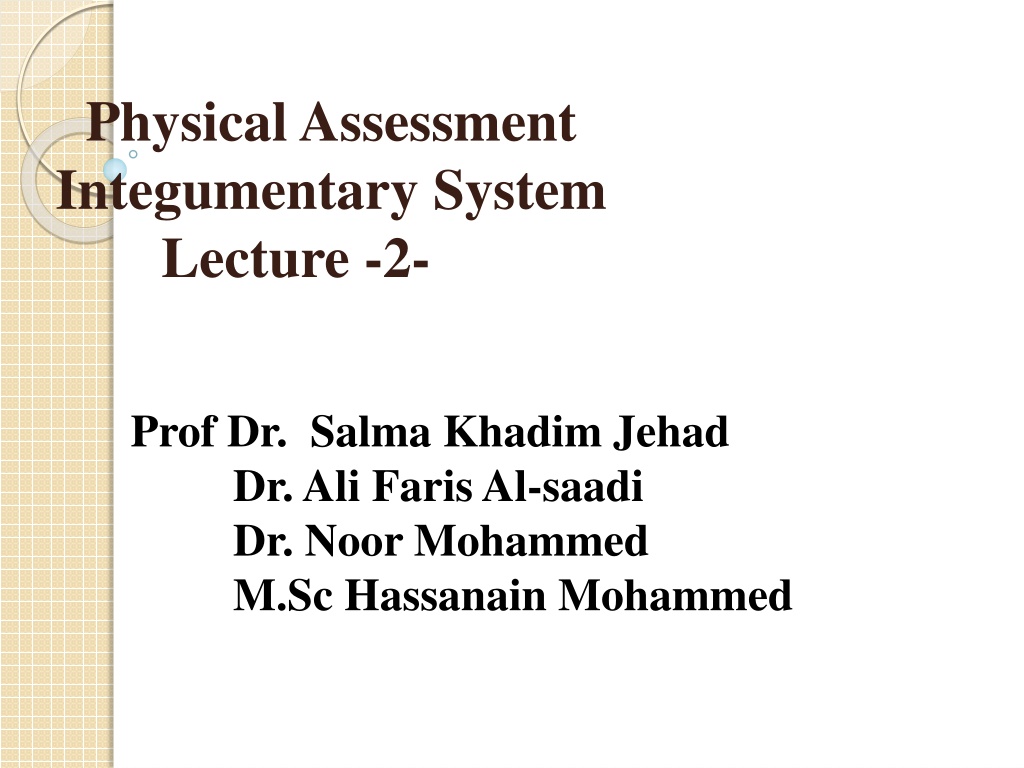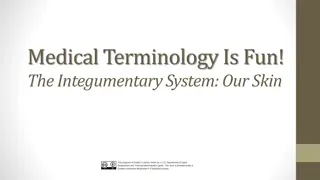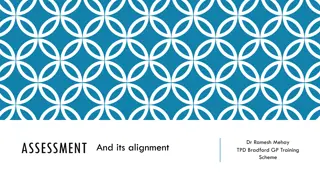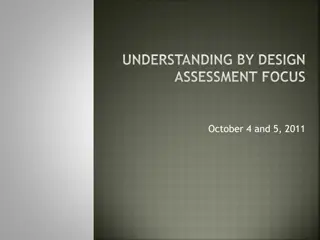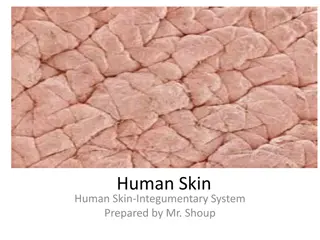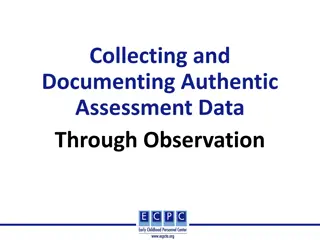Comprehensive Guide to Integumentary System Assessment Techniques
Learn the essential techniques for assessing the integumentary system, including skin, hair, and nails, through inspection and palpation. Understand how to evaluate nail health based on color, shape abnormalities like spoon shape or clubbing, and texture variations. Explore skin assessment criteria, from color and texture to marks and pigmentation changes, including the ABCDE method for assessing changing moles. Enhance your skills in identifying abnormalities like petechiae for a thorough examination.
Uploaded on Oct 04, 2024 | 0 Views
Download Presentation

Please find below an Image/Link to download the presentation.
The content on the website is provided AS IS for your information and personal use only. It may not be sold, licensed, or shared on other websites without obtaining consent from the author. Download presentation by click this link. If you encounter any issues during the download, it is possible that the publisher has removed the file from their server.
E N D
Presentation Transcript
Physical Assessment Integumentary System Lecture -2- Prof Dr. Salma Khadim Jehad Dr. Ali Faris Al-saadi Dr. Noor Mohammed M.Sc Hassanain Mohammed
Equipment Ruler Lighting Penlight Gloves Magnifying glass Woods lamp
Integumentary System; Including ( Skin , Hair , Nail ) Used Only 2 Techniques 1- Inspection 2- Palpation
Nails Assessment PE Technique : Inspection Color Normal : pink Abnormal: Pale, Bluish Hygiene: Clean, Wally trimmed Abnormal: Dirty , Consideration : client work , educate for cleaning
Shape: Convex ,the angle between the nail bad and the nail is 160 degree Abnormal: 1-spoon shape 2-early clubbing 180 degree , 3-late clubbing; More than 180 degree 4-Beau s line
PE Palpation Texture Normal: smooth & thin Abnormal: Hard & thick Vascularity Assessed by Blanch test ( refill) normal color returned within 2 second
Skin Assessment PE Technique Inspection Color : Evenly white to light brown Abnormal: pale, cyanosis , yellowish & Erythema ( local or general) Marks and pigmentation : Moles ,naive & birth marks normal Abnormal : changing of Moles ABCD
Changing Moles Or Navie And Pigmentation ABCDE A---Asymmetrical B--- Boarder C--- Color D--- Diameter E--- Elevated
Pigmentation : petechiae ;pin point red flat discoloration of skin Purpura : hemorrhage into skin caused by decrease platelet ,liver dysfunction Ecchymosis : discoloration of skin called black and blue mark due to trauma impalpable
Lesion: Macule : red ,less than 1cm flat as freckle Papule :Solid elevated less than 0.5 cm such as warts & nevi Patch : red flat more than 1cm 1stage pressure ulcer Nodules : Solid elevated deep than papule within 0.5-2 cm such as cyst
Vesicle : Accumulation of fluid in skin elevated , less than 0.5 cm full of serous such as blister Bullae : as vesicle but great than 0.5 cm Pustule : such as vesicle less than 0.5 cm put full of pus such as acne Wheal : local edema irregular elevation may be red or pale as insect bite
Palpation Temperature Texture : smooth evenly firm Abnormal : roughness ( occupation , weather & chemical products Moisture : dry some perspiration in palm , axially , folded skin area Abnormal : diaphoresis clammy
Mobility and Elasticity ( turgor) Mobility Elasticity
Assessment of Pitting Edema According To 1-Deep 2- Location 3- Extension 0+ No edema 1+ Mild pitting edema ,2mm depression disappear rapidly. 2+ Moderate pitting edema, ,4 mm disappear in 10-15 sec 3+ Moderate severe pitting edema ,6mm depression disappear in more than 1 min 4+ Severe pitting edema , 8 mm depression that can disappear more than 2min
Hair Assessment Inspection Color ;natural color , gray or chemical color Abnormal ; gray (young), copper color Distribution ; Evenly Hair distribution Abnormal; general loss of hair Or Alopecia (patch)
Palpation Texture; Normal Silky , Shinny , Oily or Dry Abnormal; Brittle hair, excessive Oily or Dry Cleanliness ; normal Clean Abnormal ; Dirty Infection & Lesion Normal; free of lesion ,free of Lice and dandruff Abnormal; With lesion or Lice , Nits
